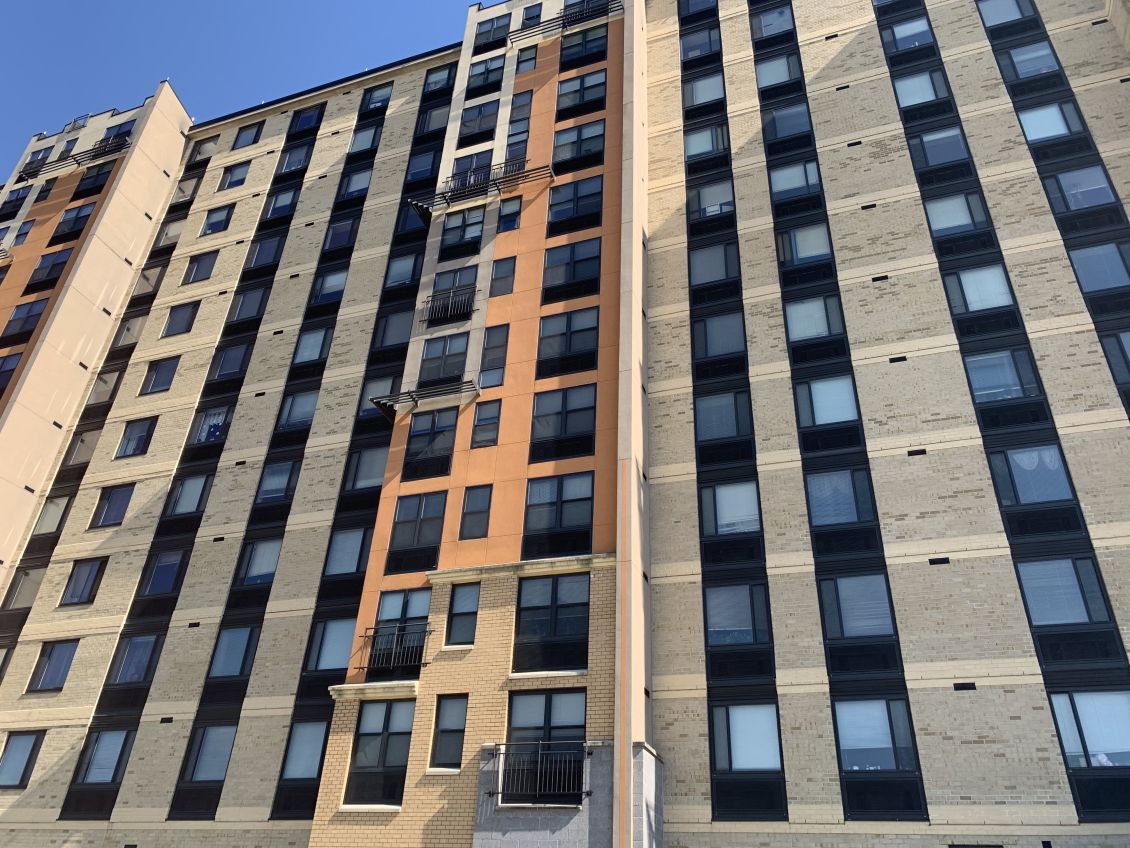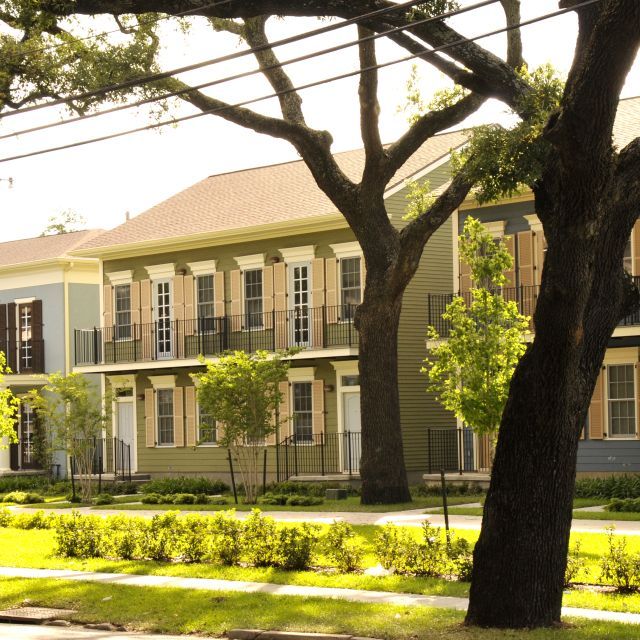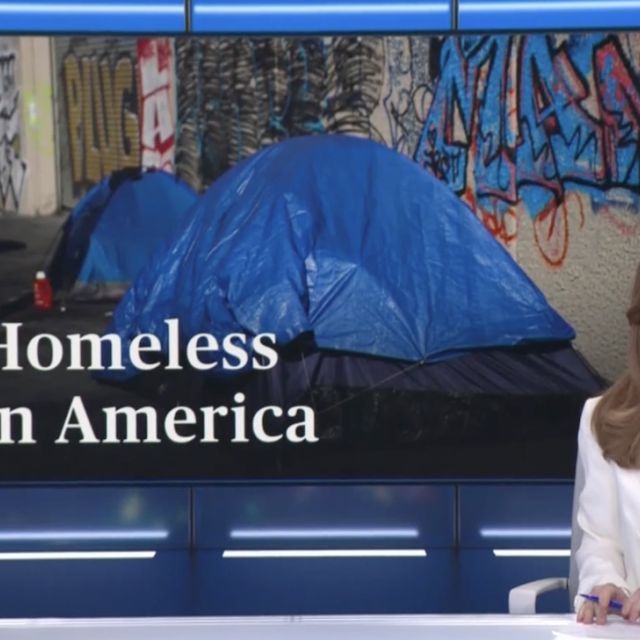A new nationwide report on housing shows that while the rental housing market has cooled, rents remain high, leaving millions of American households struggling to cover housing costs.
Harvard's Joint Center for Housing Studies (JCHS) latest State of the Nation's Housing report finds that, between 2020 and 2023, housing costs have risen for renters in professionally managed properties by 23.9%, while for-sale home prices have jumped by 37.5%. In addition, these increased housing costs have paused progress on decreasing racial homeownership gaps, pricing out many households of color. The report notes that additional public and private affordable housing investments are needed to address these persistent housing challenges.
Here are four key findings from JCHS' The State of the Nation's Housing 2023:
Record Housing Cost Burdens Reverse Earlier Progress
In 2021, the number of cost-burdened households, defined as households who spend more than 30% of their income on housing, increased among renters. The report notes that between 2019 and 2021, the number of cost-burdened renter households increased by 1.2 million to 21.6 million, which marks the highest level since 2001. The sharp increase in the number of cost-burdened renter households in 2021 reversed progress recorded between 2014 and 2020, with the share of cost-burdened renter households reaching 49% of all renter households in 2021.
These cost burdens are affecting not only renter households with low incomes, but also middle-income renter households. The report finds that the share of cost-burdened renters increased 3 percentage points to 63% for renters earning $30,000-$44,999 and rose 4 percentage points to 43% for renters earning $45,000-$74,999, which marks the largest increase of any income group. JCHS also highlights that racial disparities persist in housing cost burden among renter households. In 2021, 57% of Black and 53% of Hispanic renter households were cost burdened, respectively, compared to 45% of white renter households.
National Housing Shortage and Shrinking Supply of Low-Cost Rentals
JCHS' report finds the U.S. is experiencing an overall housing shortage of at least 1.5 million units, with the most acute impacts felt by those who can only afford the shrinking supply of low-cost rentals. The overall housing shortage stems from multiple factors, including increases in production expenses from land and labor costs to steep rises in the prices of building materials. Additionally, the housing market continues to lose low-cost rentals that are affordable to renter households with lower incomes due to a range of factors, including condominium conversions, rent price increases, and property deterioration.
JCHS’ report defines low-cost rentals as rental homes that are leased for less than $600 per month, which is the maximum amount affordable to renter households earning up to $24,000 per year – who comprise nearly 30% of all renter households. Between 2011 and 2021, the housing market lost 3.9 million low-cost rental homes. This decline has led to a drop in the share of low-cost rental homes from 26.7% of all rental homes in 2011 to 17.1% in 2011. The report emphasizes that the rising decline in the number of low-cost rental homes is leaving low-income renter households with even fewer affordable housing options.
The Aging Housing Stock Needs Major Investments
The report highlights the need for critical investments in upgrading aging homes to preserve the supply of existing homes. In 2021, the age of the median home reached 43 years, up from 27 years in 1991. Additionally, 9.5 million homes, or 6.7% of all U.S. homes, lacked necessary features such as plumbing, electricity, and heating. The housing stock is not only aging but is also at rising risk of damage from climate disasters with increasing frequency and intensity. This challenge requires retrofitting existing homes to increase their resilience against climate risks.
JCHS notes that the housing stock also needs modifications to reduce greenhouse gas emissions to minimize the building sector’s contribution to climate change. The Inflation Reduction Act of 2022 (IRA) and the Infrastructure Investment and Jobs Act are setting the stage for progress on climate resilience. The IRA directs $1 billion to grants and loans for improving energy and water efficiency and climate resilience in HUD-assisted multifamily housing, while also providing new and expanded tax credits to increase energy efficiency and renewable energy projects.
Federal Assistance Continues to Fall Short
JCHS’ report emphasizes the urgent need to boost federal support to develop and preserve more affordable homes. The report also emphasizes the importance of enacting critical federal reforms for preserving the affordability of subsidized homes for renter households with low incomes. JCHS discusses policy proposals that would preserve the long-term affordability of affordable rental homes financed by the Low-Income Housing Tax Credit (Housing Credit) or subsidized by USDA’s Section 515 and 514 mortgages, as well as those located in public housing developments.
Policy proposals in the report include two that are part of Enterprise’s key federal policy priorities:
- Reforming the Housing Credit’s qualified contract (QC) provision to ensure that Housing Credit-financed affordable homes are preserved for no less than 30 years
- Decoupling USDA’s Section 521 Rental Assistance from current statutory requirements that a property must have an existing USDA mortgage to preserve the affordability of rural multifamily housing
The report also calls for additional federal rental aid to bridge the gap between market-rate rents and the rent prices affordable to low-income households who are unable to access subsidized affordable rental homes. Only one of every four income eligible households receive rental assistance. JCHS explains that bans on discrimination based on source of income, which prohibits landlords from discriminating against prospective renters using housing vouchers to partially cover their rent, boost the utilization of housing vouchers. Enterprise supports enacting a federal ban on source of income discrimination with effective enforcement.
Looking Ahead
JCHS points out that with the end of pandemic-related housing relief, worsening housing affordability will likely expand the gaps in affordable housing supply and federal rental aid. The report notes that addressing the U.S. housing affordability and supply challenges will require comprehensive solutions from all levels of government, the nonprofit sector, and the private sector. These solutions include boosting federal investments in housing production and rental aid, addressing state and local regulatory barriers to housing production, and thoughtful reinvestment in the aging housing stock to improve quality, while preserving affordability for lower income renters and increasing resilience against climate risks.



